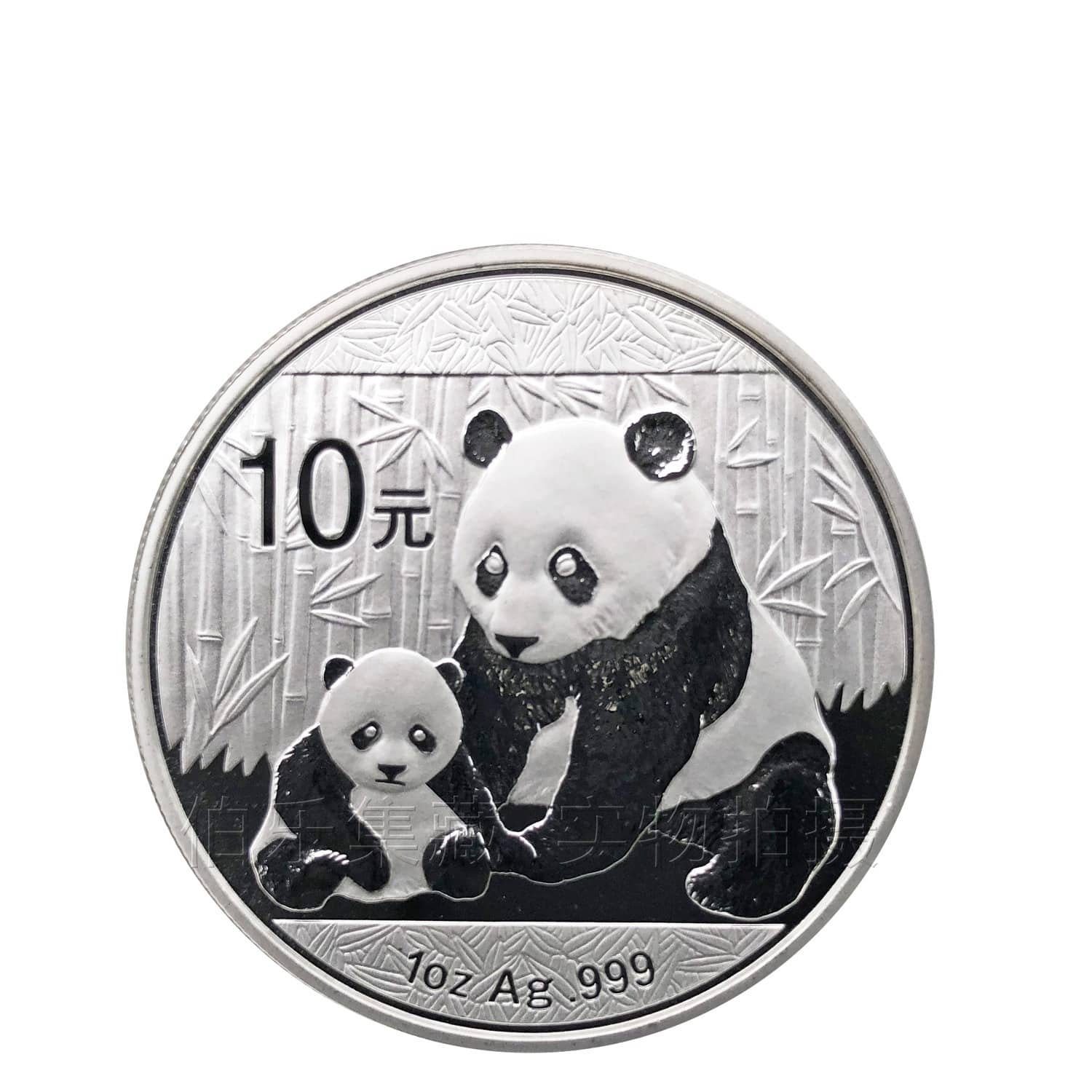Blog
Protons Neutrons and Electrons in Silver

Silver is a glossy, silky, white transition metal with the highest electrical, thermal, and reflectivity of any metal.
The metal can be found in its pure, elemental form (“native silver”) in the Earth’s crust, as an alloy with gold and other metals, and in minerals like argentite and chlorargyrite.
The majority of silver is created as a byproduct of the refining of copper, gold, lead, and zinc.
Silver Protons and Neutrons
https://www.youtube.com/watch?v=wCuboqp86mI
Silver is a chemical element with the atomic number 47, indicating that its nucleus has 47 protons.
The total number of protons in the nucleus is referred to as the atomic number, which is denoted by the letter Z.
As a result, the nucleus’ total electrical charge is +Ze, where e (elementary charge) is 1,602 x 10-19 coulombs.
The total number of neutrons in an atom’s nucleus is referred to as the atom’s neutron number, and it is denoted by the letter N. The atomic mass number is equal to the neutron number plus the atomic number: N+Z=A.
The neutron excess is defined as the difference between the neutron number and the atomic number: D = N – Z = A – 2Z.
There are usually a number of stable isotopes for stable elements.
Isotopes are nuclides with the same atomic number and thus the same element, but differ in the number of neutrons they contain.
The mass numbers of typical Silver isotopes are 107 and 109.

Silver’s Major Isotopes
Silver occurs in 2 natural isotopes: 107Ag and 109Ag. 107Ag is the most common isotope, having a natural abundance of approximately 51%.
Silver-107 is composed of 47 protons, 60 neutrons, and 47 electrons.
Silver-109 is composed of 47 protons, 62 neutrons, and 47 electrons

Silver’s Main Isotopes Electrons and Electron Configuration
In an electrically neutral atom, the number of electrons is equal to the number of protons in the nucleus.
As a result, the neutral atom of Silver has 47 electrons. The electric fields produced by the positive nuclear charge and the other (Z – 1) negative electrons in the atom affect each electron.
The atomic number identifies the distinct chemical elements since the number of electrons and their configuration are responsible for atoms’ chemical behavior.
The quantum mechanics principles dictate the arrangement of these electrons.
The amount of electrons in each element’s electron shells, especially the outermost valence shell, determines its chemical bonding behavior.
The elements are listed in the periodic table in order of increasing atomic number Z.
Silver’s electron configuration is [Kr] 4d10 5s1.
The oxidation states that are possible are +1.
Silver has traditionally been considered a valuable metal.
Many bullion coins contain silver, which is sometimes combined with gold.
Many vital and far-reaching technological and electronic applications exist for silver.
It’s used in everything from cell phones, computers, and semiconductors to autos, water-purification systems, and spacecraft solar radiation tiles since it’s the best conductor of heat of all elements.

Conclusion:
We have taken a lot of time to bring you the most comprehensive article on “Protons Neutrons and Electrons in Silver”.
We hope you’ve enjoyed and appreciated learning more about this topic.
Don’t hesitate to subscribe to our private club to be, you will receive as a gift a 15% discount code valid on the whole store.
You will also receive a sneak preview email when a new post appears on full-silver.com




